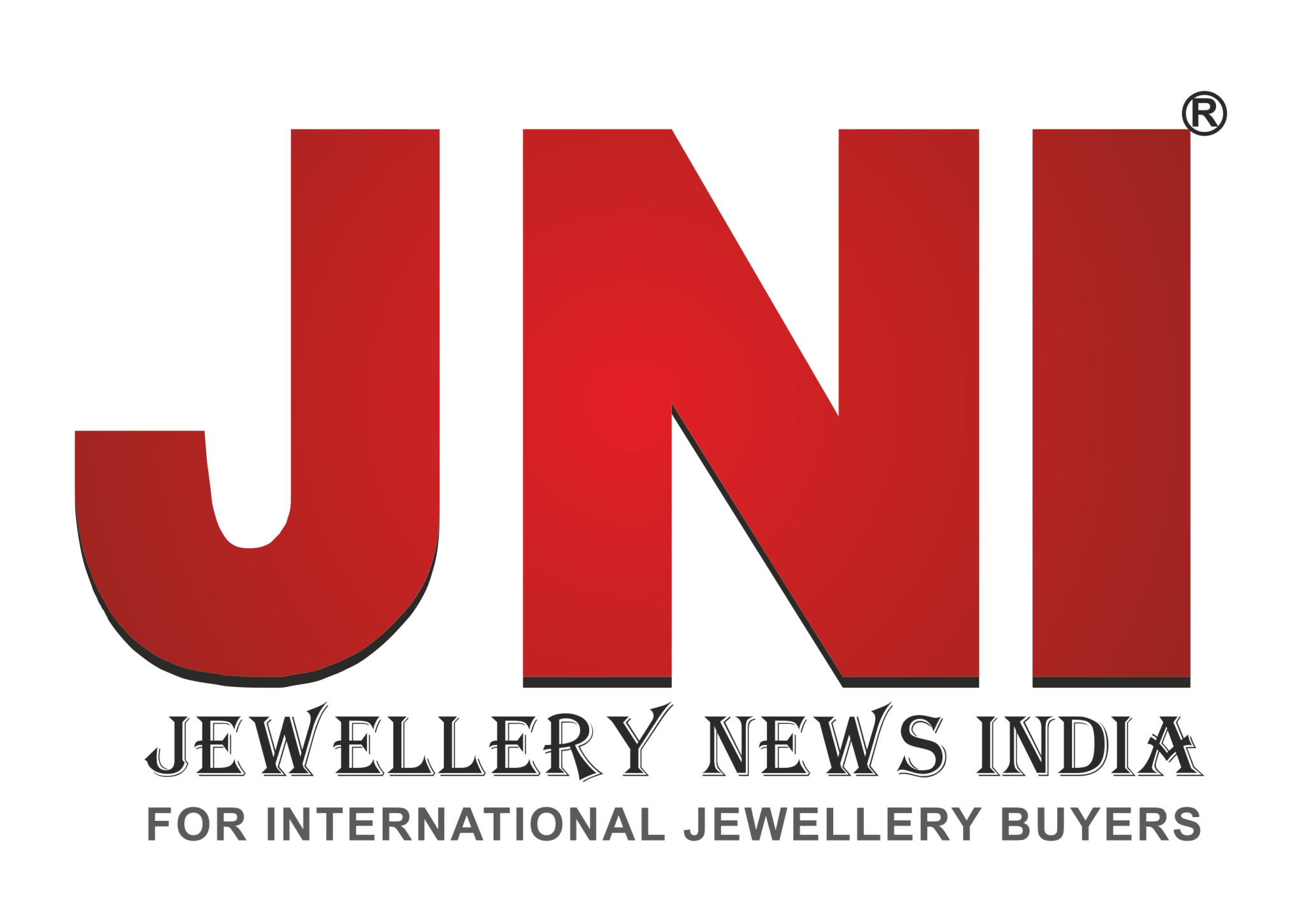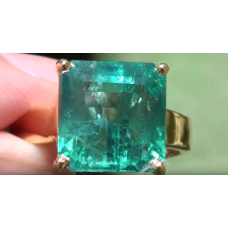Gemfields began on London’s AIM market
Fittingly for a coloured gemstone company, Gemfields began trading on London’s AIM market on 14 February. We continue to see significant value in this stock, which was previously under the radar, and our updated sum of-the-parts valuation is US$522m (previously US$449m).
The removal of the 15% export duty on Zambian emeralds has a significant positive impact on Kagem, which we now value at US$246m (previously US$153m). We expect Gemfields to generate US$75m in EBITDA in 2020 (previously US$59m), putting it on a 2020e EV/EBITDA of just 1.8x.
The coloured gemstone market is significantly smaller than the world diamond market, but demand is rising. Some US$2–3bn of rubies, emeralds and sapphires are produced each year compared to US$16bn of rough diamonds (De Beers, Diamond Insight Report 2018). Production in the coloured gemstone market is fragmented and dominated by artisanal miners (70–80% of global production).
Colombia, Brazil and Zambia are the primary producers of emeralds globally, while Mozambique is the largest producer of rubies. The US is the largest market for emeralds globally (around 40% of world demand) followed by China and Europe. China is the largest market for rubies (around 50% of global demand) followed by the US and Europe.
Key to Gemfields achieving value (ie stable and rising prices) from emerald and ruby sales has been providing the market with a consistent supply of high-quality emeralds and rubies through regular auctions. Increasing production coupled with the success of the auction process has seen Gemfields’ auction sales rise from US$62m in 2012 to US$200.5m in 2019. Gemfields’ 2019 auction revenue gives it just under 10% world market share in coloured gemstones.
As production from Kagem and MRM continues to grow, we forecast continued steady growth in Gemfields’ auction sales, to reach US$280m by 2024 (a 7% five-year CAGR) and US$340m by 2029 (a 5% 10-year CAGR).




